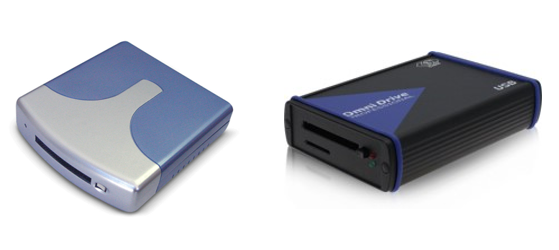What is SLC, MLC, and TLC Flash — and Which Is Best?

Flash memory has become the backbone of modern electronics, powering devices ranging from smartphones and laptops to industrial machines and embedded systems. However, not all flash memory is the same. When selecting storage solutions, understanding the differences between SLC (Single-Level Cell), MLC (Multi-Level Cell), and TLC (Triple-Level Cell) is crucial. Each type comes with its own strengths, weaknesses, and ideal use cases.
In this article, we explore these flash memory types in detail and help you determine which one is best for your needs.
Understanding Flash Memory
Flash memory is a type of non-volatile storage, meaning it retains data even without power. Unlike traditional hard drives, flash memory has no moving parts, which makes it faster, more durable, and energy-efficient. It’s widely used in:
- Solid-State Drives (SSDs)
- USB drives
- Memory cards
- Embedded systems and industrial controllers
Flash memory is organized in cells, each capable of storing a certain number of bits. This is where SLC, MLC, and TLC differ.
SLC, MLC, and TLC: What Do They Mean?
The acronyms define how many bits each memory cell can store:
- SLC (Single-Level Cell): 1 bit per cell
- MLC (Multi-Level Cell): 2 bits per cell
- TLC (Triple-Level Cell): 3 bits per cell
More bits per cell allow higher storage density but impact speed, endurance, and reliability.
1. SLC Flash
- Speed: SLC stores one bit per cell, making read and write operations extremely fast.
- Durability: With about 100,000 program/erase cycles, SLC is highly reliable.
- Cost: SLC is expensive due to lower storage density.
- Use Cases: Critical industrial applications, enterprise SSDs, military-grade storage, and environments requiring high endurance.
2. MLC Flash
- Speed: MLC stores two bits per cell, requiring more precise voltage levels. Speed is moderate compared to SLC.
- Durability: Endures 3,000–10,000 program/erase cycles.
- Cost: More affordable than SLC, making it popular for consumer-grade SSDs.
- Use Cases: Laptops, desktops, and general-purpose SSDs where a balance between cost, speed, and durability is needed.
3. TLC Flash
- Speed: TLC stores three bits per cell, making read/write operations slower and requiring complex error correction.
- Durability: Around 1,000–3,000 program/erase cycles.
- Cost: TLC is inexpensive, offering higher storage density.
- Use Cases: Budget laptops, high-capacity storage, USB drives, media storage, and applications with fewer write cycles.
Why Speed and Endurance Vary
As the number of bits per cell increases, each cell must distinguish between multiple voltage levels:
- SLC: Only two voltage states → simple, fast, durable
- MLC: Four voltage states → moderate speed, moderate durability
- TLC: Eight voltage states → slower, lower endurance
Higher voltage states increase the likelihood of errors, which is why TLC requires advanced error correction and has a shorter lifespan.
Emerging Variant: QLC Flash
- QLC (Quad-Level Cell): Stores 4 bits per cell, offering even higher capacity at lower cost.
- Drawbacks: Very low endurance (~1,000 cycles), slower write speeds, suitable mainly for read-heavy applications.
Which Flash Type Is Best?
The “best” flash type depends entirely on your use case:
- SLC: Best for industrial, enterprise, or mission-critical applications where reliability and speed are paramount.
- MLC: Ideal for mainstream consumer devices, balancing cost, performance, and lifespan.
- TLC: Suitable for budget devices and high-capacity storage, where endurance is less critical.
Conclusion
Understanding SLC, MLC, and TLC flash memory helps you make informed decisions about storage solutions.
- For speed and durability, choose SLC.
- For a balance of cost and performance, go with MLC.
- For affordable, high-capacity storage, TLC is a practical choice.
Selecting the right flash memory ensures your device performs optimally and meets your longevity expectations.
Read More: https://tecsysproductguides.blogspot.com/2025/10/what-is-slc-mlc-and-tlc-flash-and-which.html
- Art
- Causes
- Crafts
- Dance
- Drinks
- Film
- Fitness
- Food
- الألعاب
- Gardening
- Health
- الرئيسية
- Literature
- Music
- Networking
- أخرى
- Party
- Religion
- Shopping
- Sports
- Theater
- Wellness




